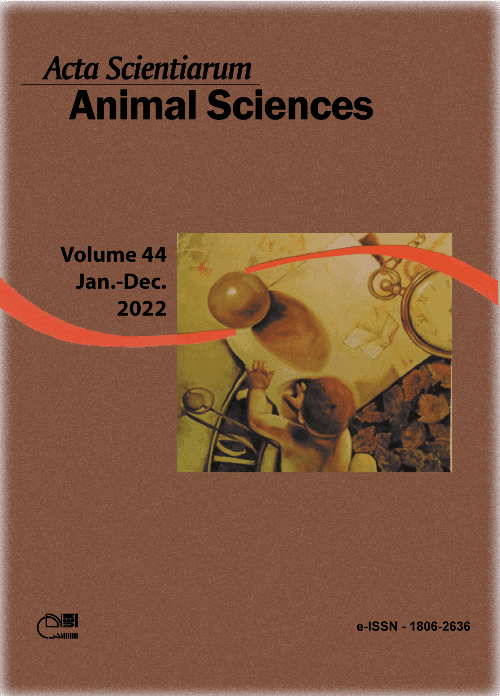
Santos, V. B. dos, Teixeira, D. A., Gomes, V. J., Silva, V. V., Almeida, M. V. de, & Salomão, R. A. S.
Acta Scientiarum. Animal Sciences, 44-1, e55786 (2022).
Abstract
The growth of generations of the Genomar Supreme Tilapia (GST) strain, specifically G20 and G25, was evaluated. Tilapias 8 g were reared in a recirculating aquaculture system with 0.25 m³ tanks, 80 fish m-³, with four replicates. During growth, eight fish from each tank were weighed and measured at day 1, 30, 60, 90, 120, 150, 180 and 210. Survival, weight gain, feed conversion and batch homogeneity were determined. Weight-age data were fit to Gompertz model. In addition, absolute and relative growth rates and weight and age at inflection were determined.
Final weight showed 26.7% higher in G25 when compared to G20 (920.05 and 725.87 g, respectivel). The feed conversion and homogeneity indexes were better in G25 than G20. The estimate of asymptotic weight was higher in G25[1202.0 g] when compared to G20 [912.7 g]. G20 presented smaller weight [335.76 g], age [108.87 days] and absolute growth rate [4.87 g day-1] when compared with G25 [442.19 g, 113.77 days and 6.41 g day-1]. Carcass characteristics were similar, but G25 presented about 25% higher fillet weight than G20. After five years in the GST breeding program, results indicated that a sustained improvement of harvest weight was achieved, as well as 6 to 10% gain in performance by generation.
